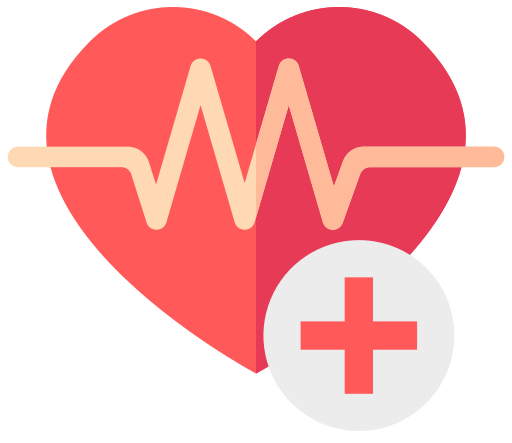In today's fast-paced and stress-filled world, self-care has become a crucial aspect of maintaining overall well-being. One increasingly popular practice that has gained recognition for its numerous benefits is self-massage. From alleviating muscle tension and reducing stress to promoting relaxation and improving circulation, self-massage offers a holistic approach to self-healing. This comprehensive guide aims to delve into the world of self-massage, exploring its benefits, techniques, and its role in diagnosis and treatment. Whether you are seeking relief from specific symptoms or simply looking to enhance your self-care routine, this article will provide invaluable insights on incorporating self-massage into your daily life. So, grab your favorite essential oils and get ready to embark on a journey of self-discovery and healing.
1. "Understanding the Benefits and Techniques of Self-Massage: A Comprehensive Guide"
Self-massage is a therapeutic technique that has been practiced for centuries to alleviate pain, reduce stress, and promote overall well-being. It involves using the hands, fingers, or tools to apply pressure and manipulate muscles, tendons, and other soft tissues in the body. While professional massages are widely available, self-massage offers a convenient and cost-effective alternative that can be done at any time and in the comfort of one's own home.
Understanding the benefits of self-massage is crucial to fully grasp its potential impact on our physical and mental health. One of the primary benefits is the ability to relieve muscle tension and promote relaxation. By applying pressure to specific areas, self-massage helps to release tightness and knots in the muscles, allowing them to relax and function more efficiently. This can be particularly useful for individuals who lead sedentary lifestyles or those who engage in physically demanding activities.
Moreover, self-massage can also improve blood circulation. The pressure applied during massage stimulates blood flow to the targeted areas, which in turn delivers oxygen and essential nutrients to the tissues. Improved circulation not only promotes healing but also helps to flush out toxins and waste products from the body, further enhancing overall well-being.
In addition to physical benefits, self-massage also has a positive impact on mental health. It can help reduce stress and anxiety by triggering the release of endorphins, the body's natural feel-good chemicals. By taking the time to focus on oneself and engage
2. "Identifying Common Symptoms and Causes: Exploring the Importance of Self-Massage in Diagnosis and Treatment"
One of the key aspects of self-massage is its ability to help individuals identify common symptoms and causes related to various conditions. By engaging in self-massage techniques, individuals can gain a deeper understanding of their bodies, detect any abnormalities, and potentially address them before they escalate into more serious issues.
When it comes to identifying symptoms, self-massage allows individuals to become more attuned to their bodies and notice any changes or discomfort. For example, regular self-massage of the neck and shoulders can help identify symptoms such as muscle tightness, knots, or trigger points. These symptoms may be indicative of poor posture, stress, or overuse of certain muscles. By recognizing these symptoms early on, individuals can take appropriate action to prevent further complications.
Furthermore, self-massage can aid in identifying the underlying causes of these symptoms. It enables individuals to explore potential factors that contribute to muscle tension or pain. For instance, someone experiencing chronic headaches may find that self-massage techniques applied to the scalp, temples, and jaw muscles alleviate the pain, indicating that muscle tension or stress may be the root cause. By regularly practicing self-massage, individuals can establish patterns and correlations between their symptoms and potential causes, empowering them to make informed decisions regarding their health.
The importance of self-massage in diagnosis and treatment lies in its ability to provide immediate relief and preventive care. Through self-massage, individuals can alleviate symptoms and address the underlying causes, potentially avoiding the need for
3. "Exploring Different Self-Massage Techniques: How to Incorporate This Effective Practice into Your Self-Care Routine"
In today's fast-paced world, it's becoming increasingly important to prioritize self-care and find effective ways to manage stress and maintain our overall well-being. One such technique that is gaining popularity is self-massage. With its wide range of benefits, self-massage can be an excellent addition to your self-care routine. In this section, we will explore different self-massage techniques and discuss how you can incorporate this effective practice into your daily life.
1. Understanding the Basics:
Before delving into specific techniques, it's essential to understand the fundamentals of self-massage. This practice involves applying pressure, kneading, or rubbing different areas of the body to promote relaxation and relieve muscle tension. By stimulating the body's soft tissues, self-massage helps improve blood circulation, reduce pain, and enhance flexibility.
2. Exploring Different Techniques:
a) Effleurage: This technique involves long, sweeping strokes over the skin using your palms or fingertips. Effleurage is commonly used to warm up the muscles and prepare them for deeper massage techniques. It promotes relaxation and helps to spread massage oils or lotions evenly.
b) Petrissage: Petrissage involves kneading and squeezing the muscles, similar to the way dough is manipulated. This technique helps to improve muscle flexibility, release tension, and increase circulation. You can use your hands, fingers, or even a massage tool to perform petrissage on various parts of your body.
c) Trigger
